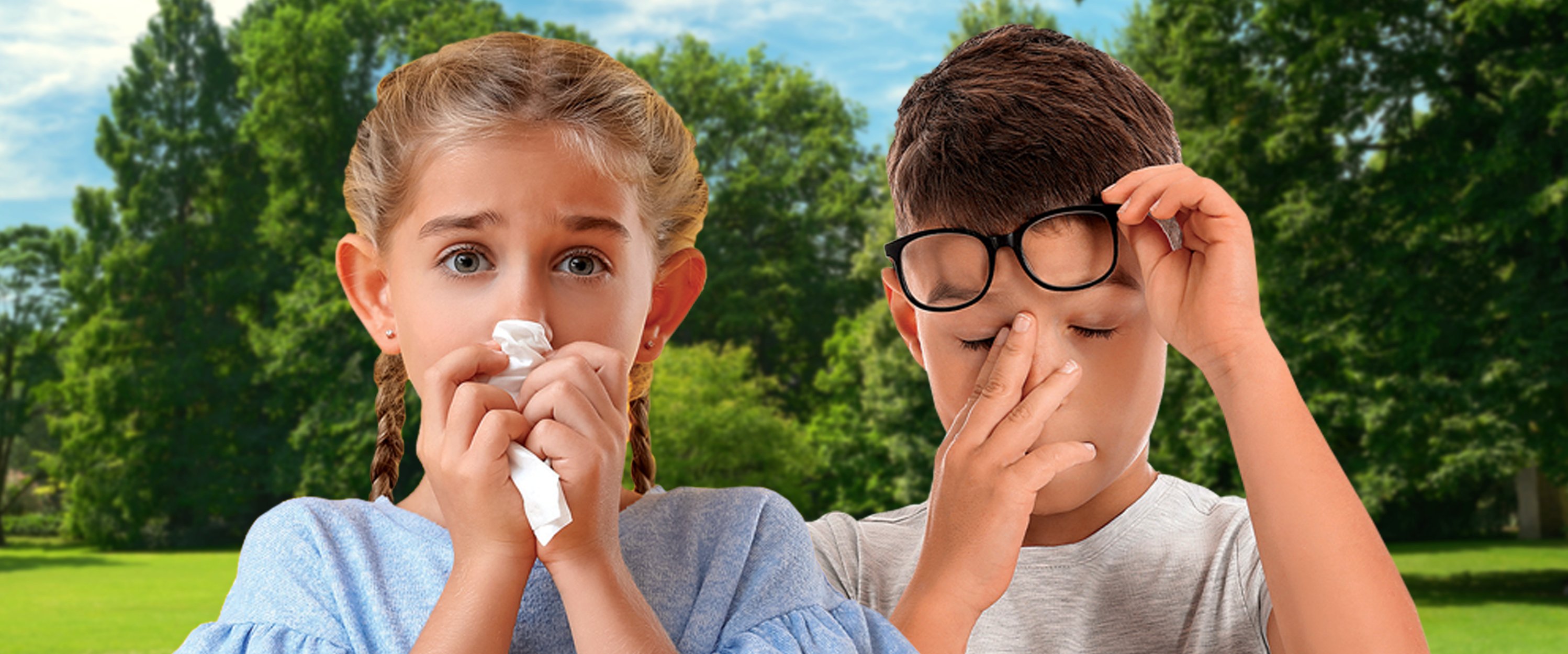
Environmental allergies affect around 400 million people worldwide. Many of these cases are for children under the age of six. Navigating allergens as they change from season to season can be hard, but managing symptoms and preventing allergy triggers is essential for relief.
Understanding Allergies
Allergies happen when the body's immune system reacts to common environmental triggers such as pollen, dust, mold, and pet dander. This leads to symptoms like sneezing, runny nose, congestion, itchy eyes, cough, and fatigue.
Colds Versus Allergies
Unlike a cold, allergies do not cause a fever. They cause distinct symptoms like itching. These symptoms can last beyond the typical 3–10-day duration of a cold.
Consequences of Untreated Allergies
Untreated allergies can result in worsened symptoms and complications, including breathing difficulties, disrupted sleep, and increased susceptibility to respiratory infections and asthma.
Treatment Options
If you find that your family is particularly sneezy this summer, or if they have persistent cases of itchy eyes and runny noses, it may be allergies! Chat with a health care provider for personalized allergy treatment. This may include oral antihistamines or corticosteroids, available over the counter or by prescription. Severe cases may require referral to an allergy specialist for comprehensive testing.
Minimizing Exposure
There are things you can do in your daily life to help with environmental allergies: To minimize exposure to allergens, try:
Changing clothes and showering after outdoor activities
Keeping windows closed
Keeping a clean home area
Not letting pets in certain areas of the home
About Anna Mack, DNP, FNP
Anna Mack, DNP, FNP, is a health care provider at the Health Center at Union APRN Primary Care Fellowship. With a patient-centered approach, she finds motivation in seeing her patients' progress and commitment to better health.
To schedule an appointment at Peak Vista or learn more about its services, visit peakvista.org or call (719) 632-5700.

